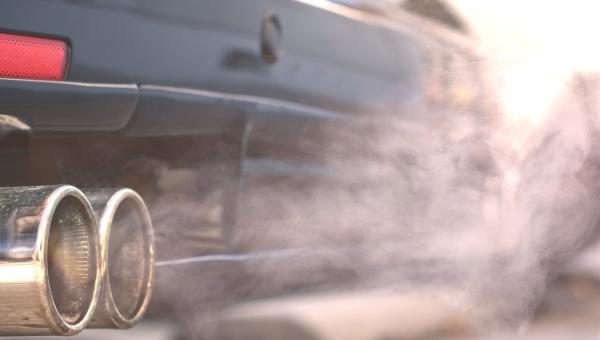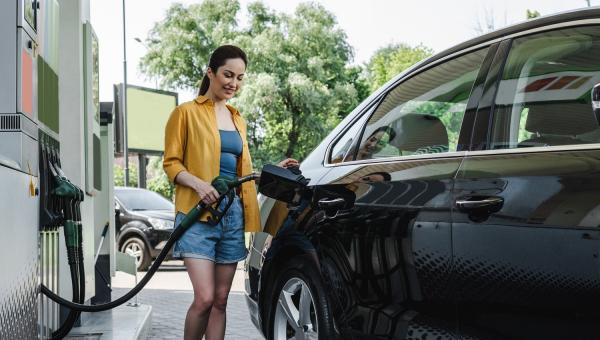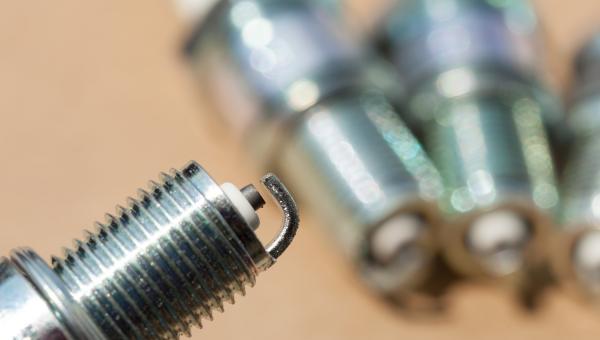Test Drive Notes Library
-
 Pros
Pros
- Appeals to truck people. One day during our test, we parked near a crew from the electric company. They swarmed the truck, practically drooling on it, asking questions, clearly coveting it. In fact, I don’t think this truck could have been more popular if we filled it with flank steak and drove it into a dog park. So, whatever you think of the uber-brawny look, Toyota has clearly hit the mark with their potential customers. This is a large, beefy, aggressive looking truck, and that’s apparently just the look some truck buyers want.
- Smooth. Surprisingly, this tow-anything, haul anything, 4x4, “iForce Max” truck comes not with a V8, but with a V6 hybrid drivetrain. Combined with an electric motor, the twin-turbo V6 provides 437 hp, and enough power to tow in the neighborhood of 12,000 pounds. In normal driving, it’s quicker than it needs to be. The engine's paired with a 10-speed automatic, and the combo operates as smoothly as any drivetrain we’ve driven in a truck. The sound isn’t quite as refined as a V8s, but the shifts are imperceptible, and there’s more than enough power. The V6 is also available in non-hybrid form with “only” 389 hp.
- Luxury interior. Granted, we drove the high end “Capstone” version of the Tundra. At $77,000, you’d expect some cush, and you get some. The leather covered seats adjust in all directions, including multiple adjustments for the lumbar support alone. The speaker numbers are in the double digits, the infotainment screen is huge — 14 inches — and, let’s be honest, the interior is huge. Andre the Giant would not feel cramped in here. The rear accommodations are particularly good. There’s enough legroom there for your average NBA forward. Or, to translate it into terms we mortals can understand, you can put two supermarket bags on the floor, one in front of the other with foot room to spare. At the same time, the switches are all truck-like — big, beefy, easy to use.
- Improved suspension. For the 2022 redesign, Toyota replaced the old leaf springs in the rear suspension with more comfortable coil springs. Leaf springs are just one step up from the suspension on a Conestoga wagon. So the ride is better than it was.
- Up to date bed. The cargo bed is covered with what appears to be a permanent, durable coating, and has lots of thoughtful tie downs and convenient touches like AC power outlets. The gate is easy to operate (just push a button on your key fob). While it doesn’t have the versatility of GMC’s Multi Pro tailgate, it’s easy to use.
- Visibility. While it’s hard to see over the enormous, squared-off hood, and hard to know where the front of the truck is when parking, visibility everywhere else is actually pretty good. Unlike most modern cars and crossovers, the passenger compartment of the Tundra is basically a box. Or a fish tank. So it’s surprisingly easy to see out the rear and rear sides.
-
 Cons
Cons
- No AWD. Surprisingly, you can’t get automatic all wheel drive on the Tundra. You can get on-demand four wheel drive, but you have to remember to switch it on in slippery conditions, and more importantly, switch it off during normal conditions so it’s not unsafe. We get that it’s a truck, but trucks are commonly used as luxury vehicles and family transportation these days, so a lack of an all wheel drive option feels like an oversight.
- Mileage. We expected better from the hybrid drive system. The EPA says you can expect 20 mpg overall. We never sniffed 20. Even on the highway. Our overall mileage — with an empty bed — was closer to 15 mpg. So consider the hybrid a “power” option rather than an “economy” option. It’s there to add horsepower, not save you money at the pump.
- OK ride and handling. The rear suspension upgrade helps, and on smooth roads, the Tundra feels relaxed and controlled. But on rough roads, you still get the rear end bouncing and jittering that pickup trucks are known for. In general, the Tundra also drives big. It feels lumbering, with light but numb steering. It’s very wide — especially with the trailer package side mirrors. Helpfully, the lane keeping assist graphics can be added to the head up display, so you can watch yourself drift out of your lane in real time.
- Screen so large. The 14 inch screen is great. But it’s almost Playskool-like in size. And when you have to reach the right side of the screen, it can actually be a stretch from the driver’s seat. We might be close to answering the question, how big a center screen is too big?
Test Drive Notes Library
Get the Car Talk Newsletter
 Pros
Pros Cons
Cons


